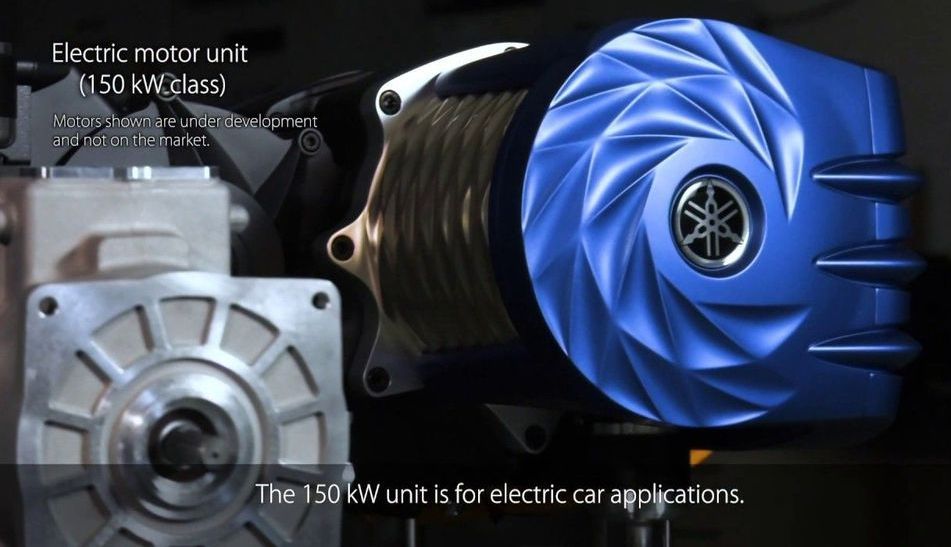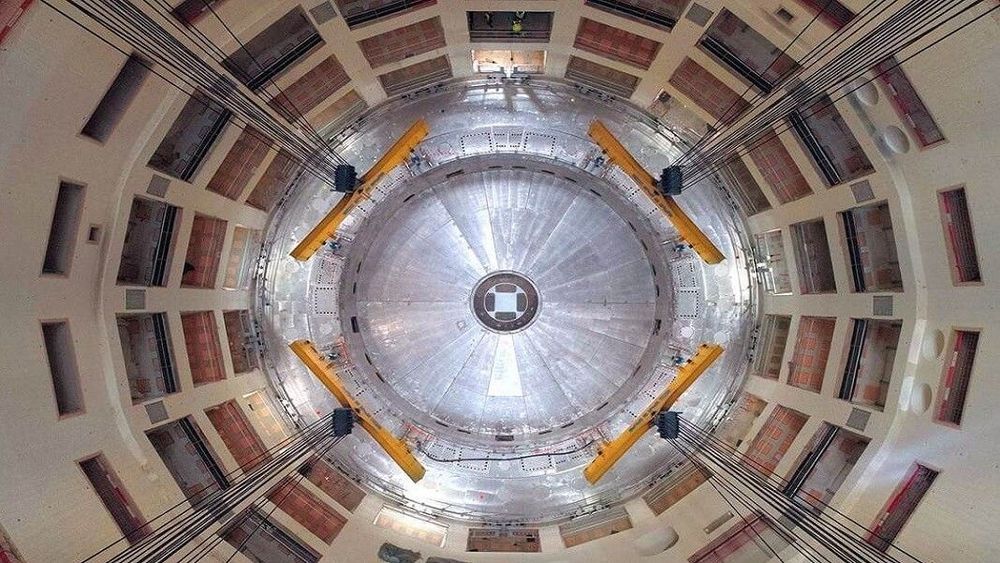Aug 3, 2020
How Do People Actually ‘Die From Old Age’?
Posted by Montie Adkins in categories: biotech/medical, life extension
Well, they don’t.
Thousands are currently engaged in solving the problem of death. Maybe they’ll succeed, and out of sheer boredom I’ll reread this sentence when I’m 900 years old, reflecting fondly on the first wasted century of my life. In the meantime, billions are going to die—some from disease, some in freak accidents, and a substantial number from what we generally call “old age.” That last sounds like a pleasant way to go, comparatively—a peaceful winding-down. But what exactly does it look like? What does it really mean to die from old age? For this week’s Giz Asks, we reached out to a number of experts to find out.


















